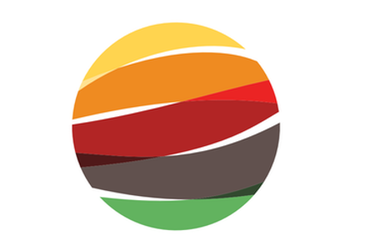
The world is a different place than it was more than a decade ago when Humanity United began its work addressing the exploitation of people around the world. It’s a different place than it was a few years ago when we began adopting a systems-thinking approach to our work at an organizational level. It’s even a different place than it was a little more than a year ago when I joined the team here. The systems that support human exploitation continue to adapt and evolve, and so too must our approach.
With the support of more than two dozen stakeholders and field experts, including survivors and workers, and a group of cross-functional HU team members, we’ve undergone a larger systematic review of the Forced Labor and Human Trafficking (FLHT) landscape and updated our approach to our portfolio strategy.
Rather than focusing on specific initiatives or in-country programs, we’ve focused on better understanding the needs and gaps in the FLHT space; and where HU can uniquely contribute. This “portfolio-level” view has allowed us to think more comprehensively about HU’s work and to provide a framework that will guide our decisions and activities moving forward, while still allowing us to be nimble and emergent in our approaches.
In doing this work, it was critical for us to infuse our mission and values into our strategy. To that end, we developed a set of core principles that are foundational to what we do. Some of these principles have always guided our work, such as deploying our capital, both our people and our funds, and leveraging market dynamics when they can improve the conditions of survivors and workers. We have also made other principles more explicit, including our commitment to diversity, equity and inclusion, by elevating the voices of survivors, workers and human rights defenders as well as using our own voice to stand in solidarity with other movements for the shared purpose of securing dignity for all.
Throughout this work, we have sought to listen deeply to survivors, NGOs, corporations, unions, philanthropies and government partners, among others. These conversations have helped us describe the key dynamics of the system of forced labor and human trafficking as we understand them. We intentionally left some dimensions aside but we feel that this mapping helps us—and hopefully the broader community of those fighting modern slavery—to grasp the complexity and interconnectedness of the issues we fight. With increasing inequalities and environmental degradation, to name a few, comes greater marginalization. We know that labor and human rights protections are limited or actively under attack at home and around the world, further reducing the accountability of a range of stakeholders. While hostility towards labor and community organizing increases, we hear a diverse set of voices calling for the root causes of vulnerability to be addressed. This mapping effort allows us to share our understanding of the FLHT space given recent changes and emergent voices.
As a result of this mapping effort, we can then better articulate the leverage areas of the system which HU can engage—from safe migration to labor protection and organizing, from being a partner and a challenger to corporations in eliminating traces of modern slavery in their supply chains to raising awareness of a more nuanced narrative around forced labor and human trafficking. We realize these are broad categories and look forward to further sharpening where HU can be of best support to survivors, workers and communities.
True to our systems approach, we continue to hone how we best deploy the various tools we are grateful to have at our disposal. By being nimble and actively learning from those impacted by these abuses, those working on forced labor and human trafficking issues at large, and our dedicated partners, we hope to see the greatest leverage of resources in service of impact.
Moving forward, we are excited at the possibility of forging deeper intersections between our work across peacebuilding and trafficking and look forward to sharing our lessons learned with the broader sector over the coming months and years.
I invite your comments and feedback on the principles, dynamics, and leverage areas I’ve shared today, please reach out to us at info@hum-migration.test.
In solidarity,
Philippe Sion, Managing Director